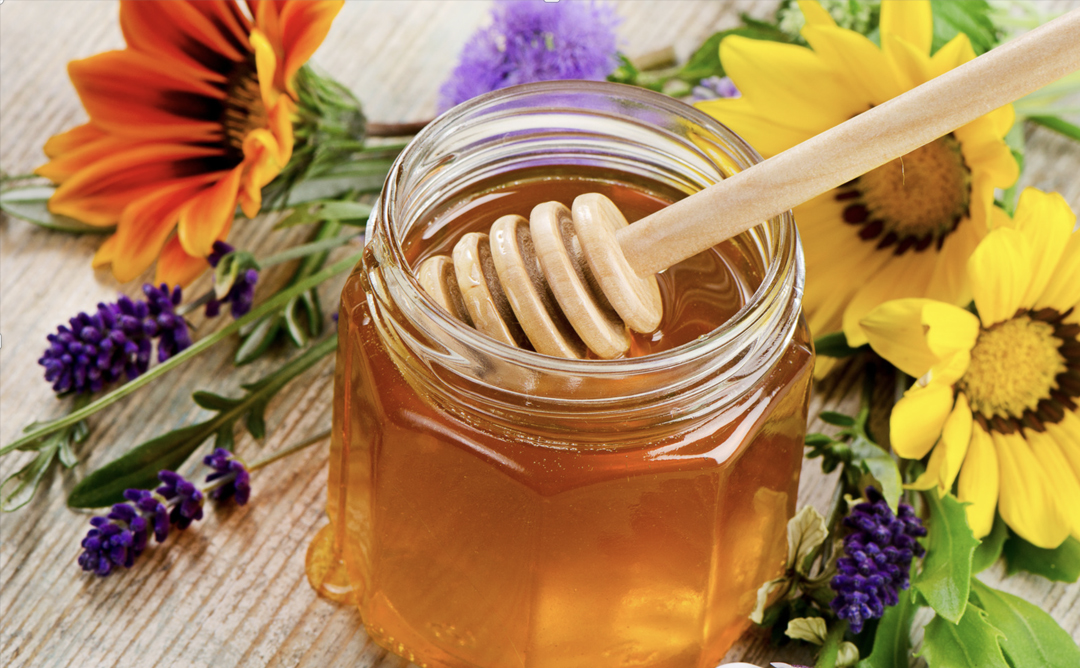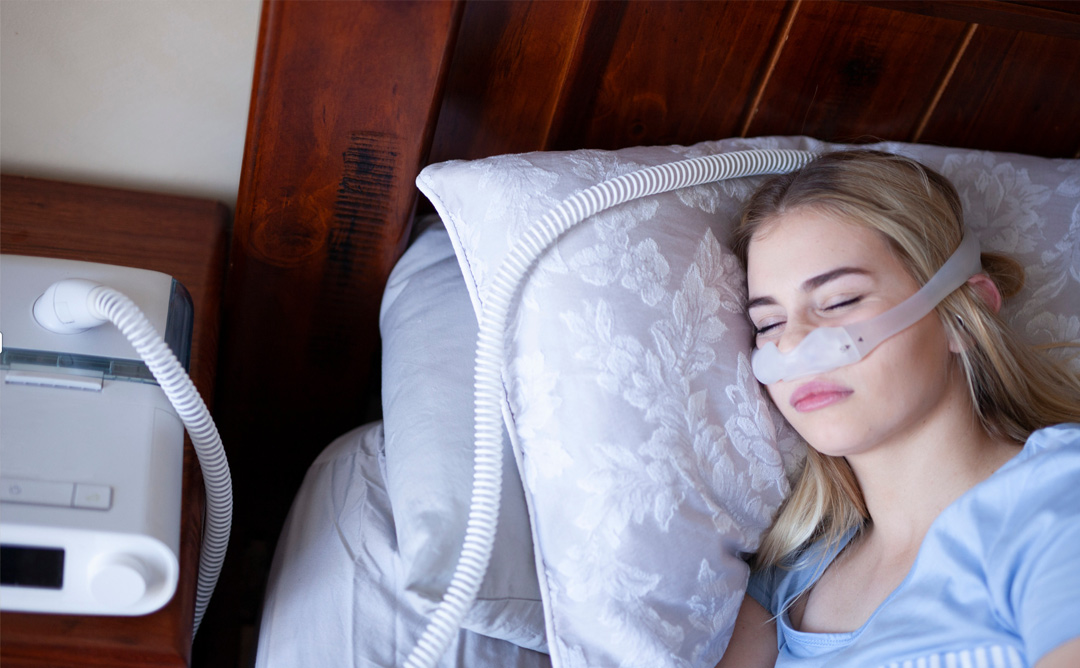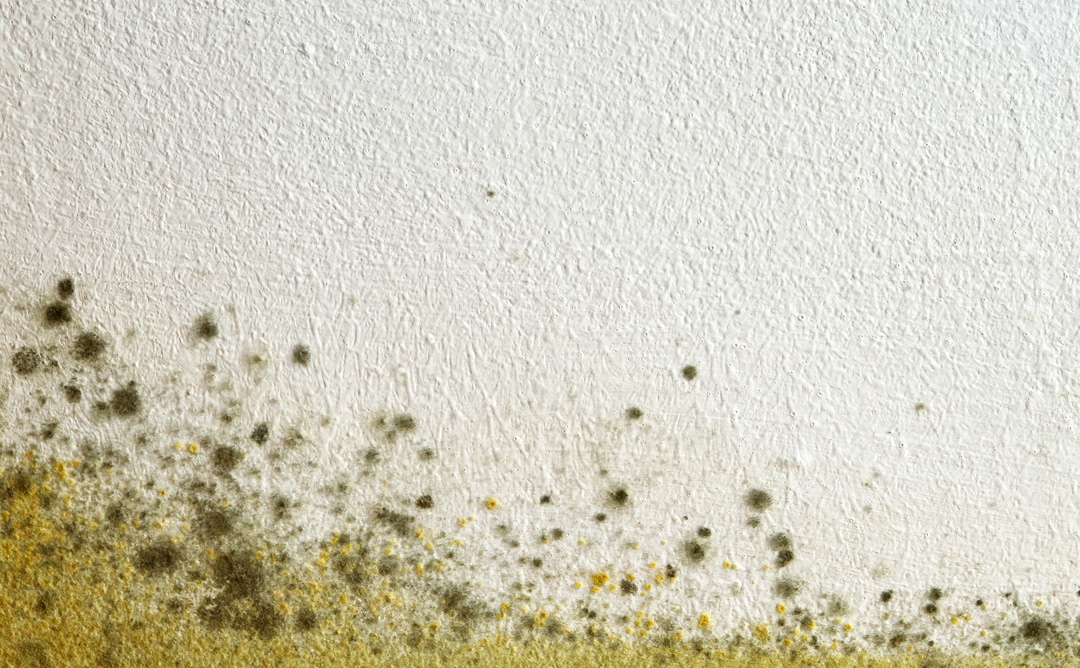
The Marvelous Benefits of Breastfeeding: Nourishing Babies and Beyond

The Marvelous Benefits of Breastfeeding: Nourishing Babies and Beyond
Breastfeeding is one of nature’s most remarkable gifts, providing a unique and irreplaceable source of nourishment for newborns. The act of nursing is a strong bond between mother and child and also brings an array of health benefits that extend well beyond infancy. We will explore the wonders of breastfeeding, and understand its unparalleled advantages for both babies and mothers.
1. Optimal Nutrition for Babies
Breast milk is often referred to as “liquid gold” for a good reason. It is a complete and perfectly balanced source of nutrition, tailored to meet the specific needs of a growing baby. Packed with essential nutrients, antibodies, and enzymes, breast milk offers unparalleled protection against infections, allergies, and illnesses, ensuring optimal growth and development.
2. Immune System Boost
The antibodies present in breast milk help fortify a baby’s immune system during those crucial early months of life. Breastfed infants tend to have a lower risk of respiratory infections, ear infections, gastrointestinal issues, and other common childhood illnesses.
3. Reduced Risk of Chronic Diseases
Breastfeeding has been linked to a reduced risk of various chronic conditions later in life. Babies who are breastfed have a lower likelihood of developing obesity, type 2 diabetes, asthma, and certain childhood cancers.
4. Cognitive Development
Studies suggest that breast milk contains essential fatty acids that are crucial for brain development. Breastfed children may have improved cognitive function and may be at a reduced risk of cognitive impairments.
5. Digestive Health
Breast milk is easily digestible, which is especially beneficial for a baby’s delicate digestive system. Breastfeeding is known to reduce the incidence of diarrhea, constipation, and other gastrointestinal disturbances.
6. Bonding and Emotional Health
The act of breastfeeding fosters a strong emotional bond between mother and child. The skin-to-skin contact and closeness during nursing promote feelings of security, comfort, and emotional well-being for both the baby and the mother.
7. Postpartum Benefits for Mothers
Breastfeeding offers numerous advantages for mothers as well. It helps the uterus contract back to its pre-pregnancy size more quickly and reducing postpartum bleeding. Additionally, breastfeeding has been associated with a lower risk of postpartum depression.
8. Cost-Effective and Convenient
Breastfeeding is not only beneficial but also cost-effective. Unlike formula feeding, breast milk is readily available, requires no preparation, and is always at the right temperature. This can save parents both time and money.
9. Environmentally Friendly
Opting for breastfeeding over formula feeding is also an eco-conscious choice. Breast milk production does not generate waste or rely on the resources needed for formula production and packaging.
Breastfeeding is truly a natural wonder that offers a multitude of benefits for both babies and mothers. From providing optimal nutrition and bolstering the immune system to fostering a profound emotional bond, breast milk stands as the gold standard for infant nourishment. Moreover, breastfeeding promotes better health outcomes for babies, reducing the risk of chronic diseases and cognitive impairments. It also contributes to maternal well-being, aiding in postpartum recovery and promoting emotional harmony.
As we celebrate the marvels of breastfeeding, it is essential to raise awareness about its significance and support initiatives that enable mothers to breastfeed successfully. By creating a supportive environment for breastfeeding, we can empower mothers to embrace this beautiful act of nurturing, ensuring a brighter and healthier future for our children.
Here are some top products to try while breastfeeding.
Disclaimer: We are an affiliate of many companies, which means that we may receive a commission if you click on our affiliate link and make a purchase. However, this does not affect our reviews and comparisons. We strive to provide honest opinions and recommendations based on our own experiences and research. Any product claim, statistic, quote, or other representation about a product or service should be verified with the manufacturer, provider, or party in question.




